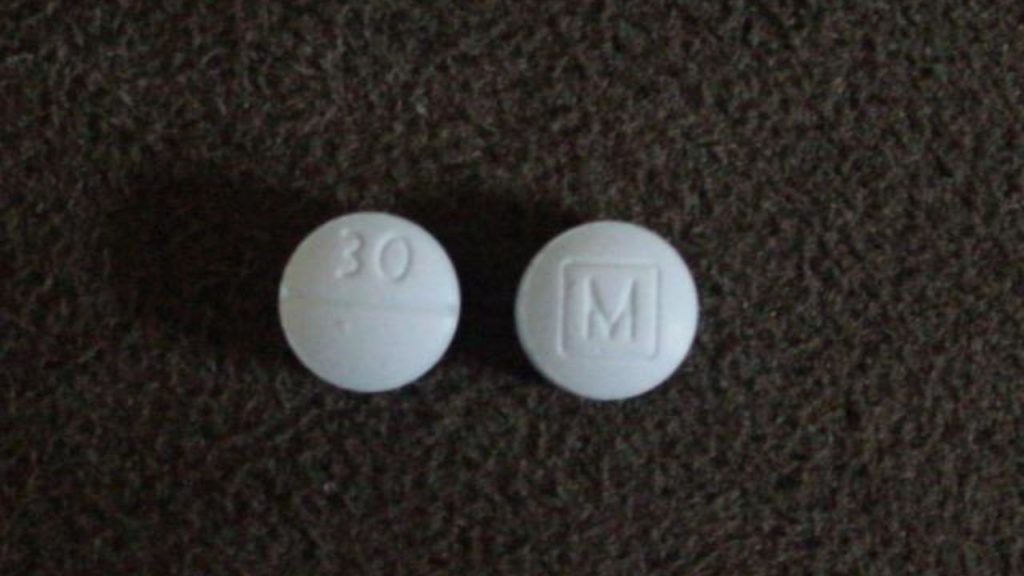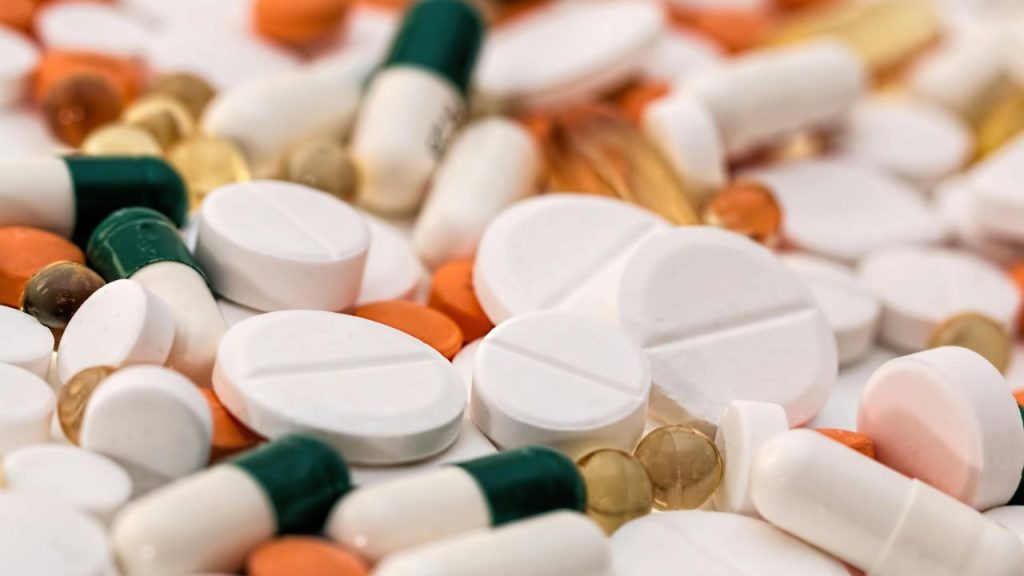Oxycodone, a potent opioid painkiller, is commonly prescribed for moderate to severe pain relief. However, its effectiveness comes with a significant risk of addiction and abuse. Understanding how long oxycodone remains in your system is crucial for patients managing pain, healthcare professionals monitoring use, and individuals recovering from addiction. We explore the duration oxycodone stays in the body, factors influencing its metabolism, and the dangers of non-medical use and addiction.
Understanding Oxycodone
Oxycodone is an opioid analgesic, working by altering the way the brain and nervous system respond to pain. Prescribed for pain relief, its use must be meticulously managed due to its high potential for dependence and addiction. When used non-medically or beyond the prescribed dosage, oxycodone can lead to severe health complications, including overdose and death.

How Long Does Oxycodone Stay in Your System?
The presence of oxycodone in the system depends on several factors, including the dosage, frequency of use, and the individual’s metabolic rate. Generally, oxycodone can be detected in:
- Urine: Oxycodone is detectable in urine for up to 3-4 days after the last dose.
- Blood: It remains detectable in the bloodstream for up to 24 hours.
- Saliva: In saliva tests, oxycodone can be detected for up to 1-4 days.
- Hair: Hair follicle tests can detect oxycodone for up to 90 days.
These timelines can vary based on individual metabolic differences, age, body mass, hydration levels, and overall health.
Factors Influencing Oxycodone Metabolism
Several factors can affect how long oxycodone stays in an individual’s system, including:
- Metabolic Rate: Individuals with a higher metabolic rate will process and eliminate oxycodone faster.
- Age: Older adults may metabolize oxycodone more slowly than younger individuals.
- Body Mass and Composition: Body fat percentage can influence how long the drug remains detectable.
- Liver and Kidney Function: These organs play a crucial role in metabolizing and excreting oxycodone. Impaired function can lead to longer detection times.
- Frequency and Dosage of Use: Higher doses and more frequent use can extend the time oxycodone is detectable.
Dangers of Non-Medical Use and Addiction
The non-medical use of oxycodone poses significant health risks, including addiction, overdose, and death. Oxycodone addiction can devastate individuals and families, leading to physical, psychological, and social consequences. Signs of addiction include:
- Increased tolerance to the drug’s effects
- Withdrawal symptoms when not using
- Inability to control or reduce use
- Continued use despite negative consequences
An overdose is a medical emergency, characterized by respiratory depression, unconsciousness, and, in severe cases, death. The risk of overdose increases with higher doses and when combined with other substances, such as alcohol or benzodiazepines.

Recovery and Support
Recovery from addiction is challenging but achievable with the right support and treatment. Comprehensive treatment programs often include medical detoxification, counseling, and support groups. These programs aim to address not only the physical dependence on oxycodone but also the psychological aspects of addiction.
get Help With JourneyPure At The River
If you or someone you know is struggling with oxycodone addiction, it’s crucial to seek help immediately. JourneyPure At The River, based in Tennessee, offers a comprehensive approach to recovery, combining medical, psychological, and holistic therapies tailored to each individual’s needs. Our team of professionals is dedicated to supporting you every step of the way towards recovery.
For more information or to start your journey towards healing, call us today at 629-222-9449. Remember, you don’t have to face this alone. Help is available, and recovery is possible.
